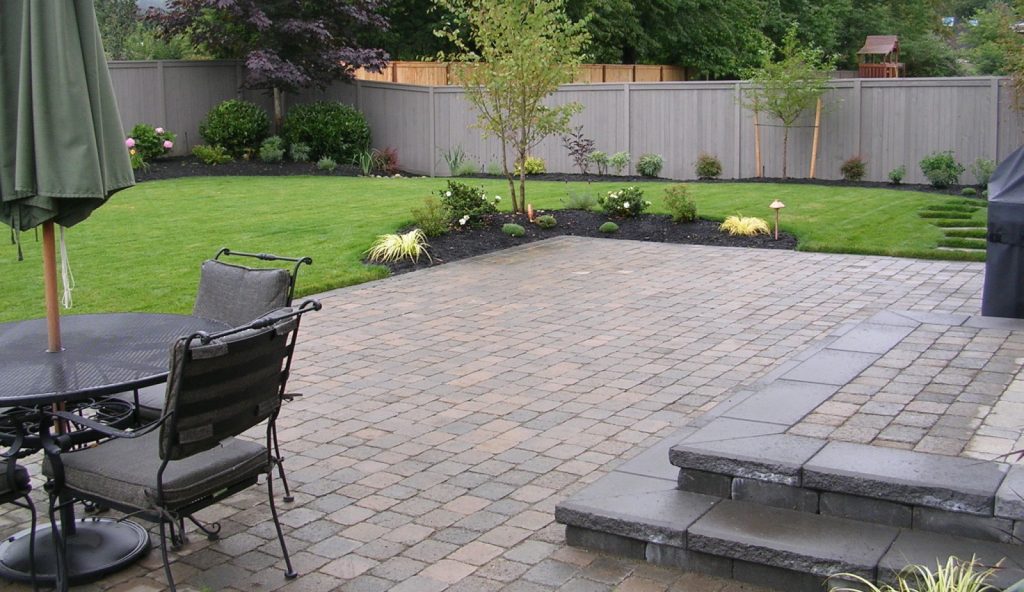Whether the problem is appearance or functionality – or both – there are all kinds of ways to make your drive to the garage smoother and prettier.
When Realtors and home improvement experts, on TV and in real life, speak of “curb appeal,” they are really talking about everything seen past the curb. That includes the facade of the house (front door, windows, facing materials such as shingles or brick, and roof details), landscaping, sidewalks, and even house numbers. But from a field of vision standpoint, one of the biggest parts of that is the driveway.
Now to be clear, the driveway is about far more than appearance. It’s the thing your $50,000+ car drives on, it may be where your children play basketball, and in some climates it’s where you shovel or plow snow. Important in climates where water is at a premium, it’s where rain falls and does (or does not) drain away.
Driveways serving many needs. So how does a homeowner ensure their driveway is achieving everything it should? Here are five solutions to a tired driveway that can help improve how your home overall looks and functions:
Smooth the surface. This is job #1 for a driveway. No one ever said “hey, let’s put some ruts in there.” Whether you use asphalt, concrete, paving stones or even chipseal gravel, the goal is to have a smooth ride from garage to street.
With new driveways, that’s generally not a problem. But time, temperature swings, traffic, tree roots and meteors can cause cracks and potholes. A lot of this can be prevented by catching the problem early. A crack in the asphalt, for example, allows in moisture that undermines the top of the pavement (this is even worse where the temperatures swing between freezing and thawing). By sealing the crack, a relatively inexpensive procedure, it’s possible to prevent potholes from ever forming. When a small pothole is created, it can be filled with higher-quality pothole fillers.
Create an attractive appearance. While beauty is in the eye of the beholder, that beauty can take on different forms in driveways. If the pavement is good, consider landscaped edging. If you’re starting from scratch, there is a large selection of types of pavement: concrete, asphalt, paver stones, or even crushed gravel. If the driveway has aged but is not deteriorated, use crack sealing and topcoat applications, which are not unlike a coat of paint.
Add drama. Concrete can be stained, stamped, and etched to create all kinds of effects. For example, stamping can give it the look of slate or flagstone. You can create patterns or add graphics and house numbers with etching. And water-based stains can go beyond earth tones to brighter, bolder colors. Add lighting at night to create further interest.
Save water in all the right places. If puddles form in your driveway or next to it, you might have a drainage problem. Most driveways repel water (they should slope slightly outward from the middle), but paving with permeable asphalt or pavers allows water to absorb into the ground.
Create a legacy. A landscape designer or landscape architect can help you make your driveway complement everything else about your home and property. Maybe some curves, maybe a mix of concrete squares alternating with short-cut grass, or maybe a gorgeously designed cobblestone driveway would complement the other features of your home.
In any event, there’s no more excuse for a sad driveway – or poor curb appeal.





